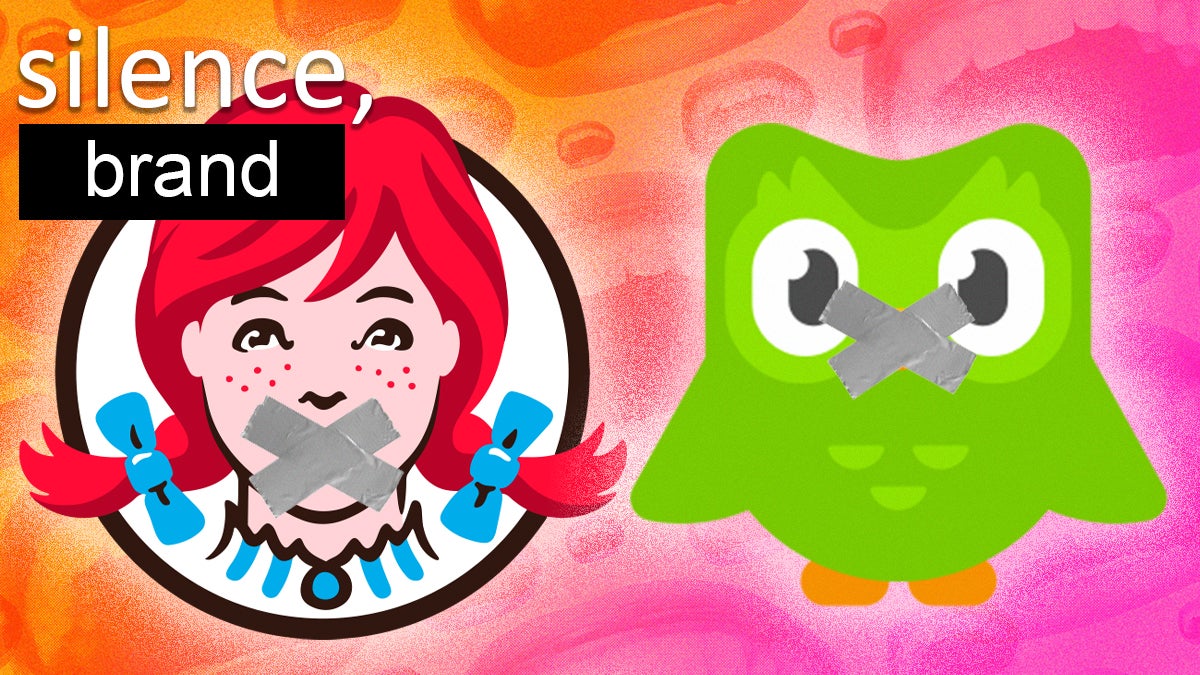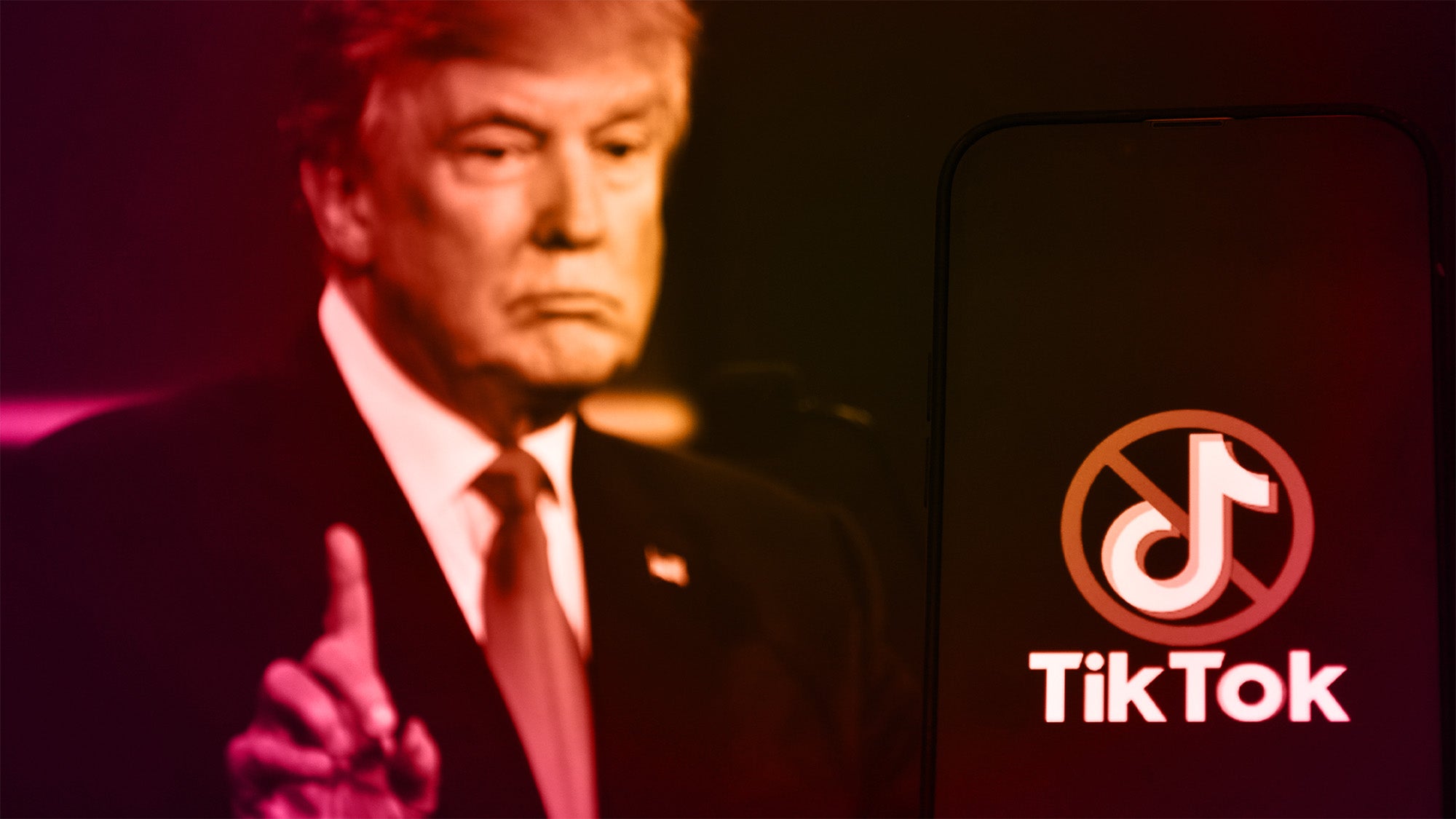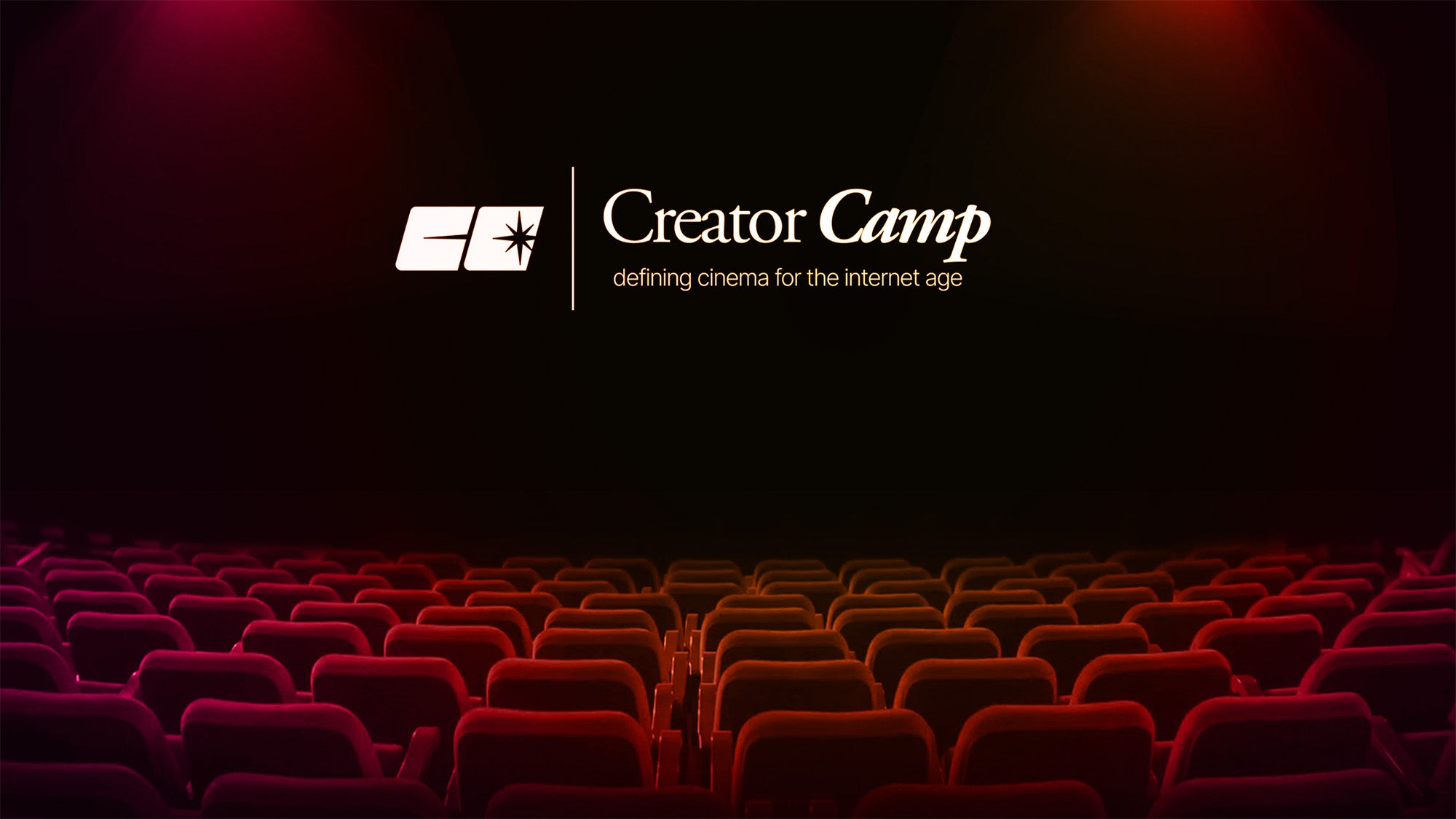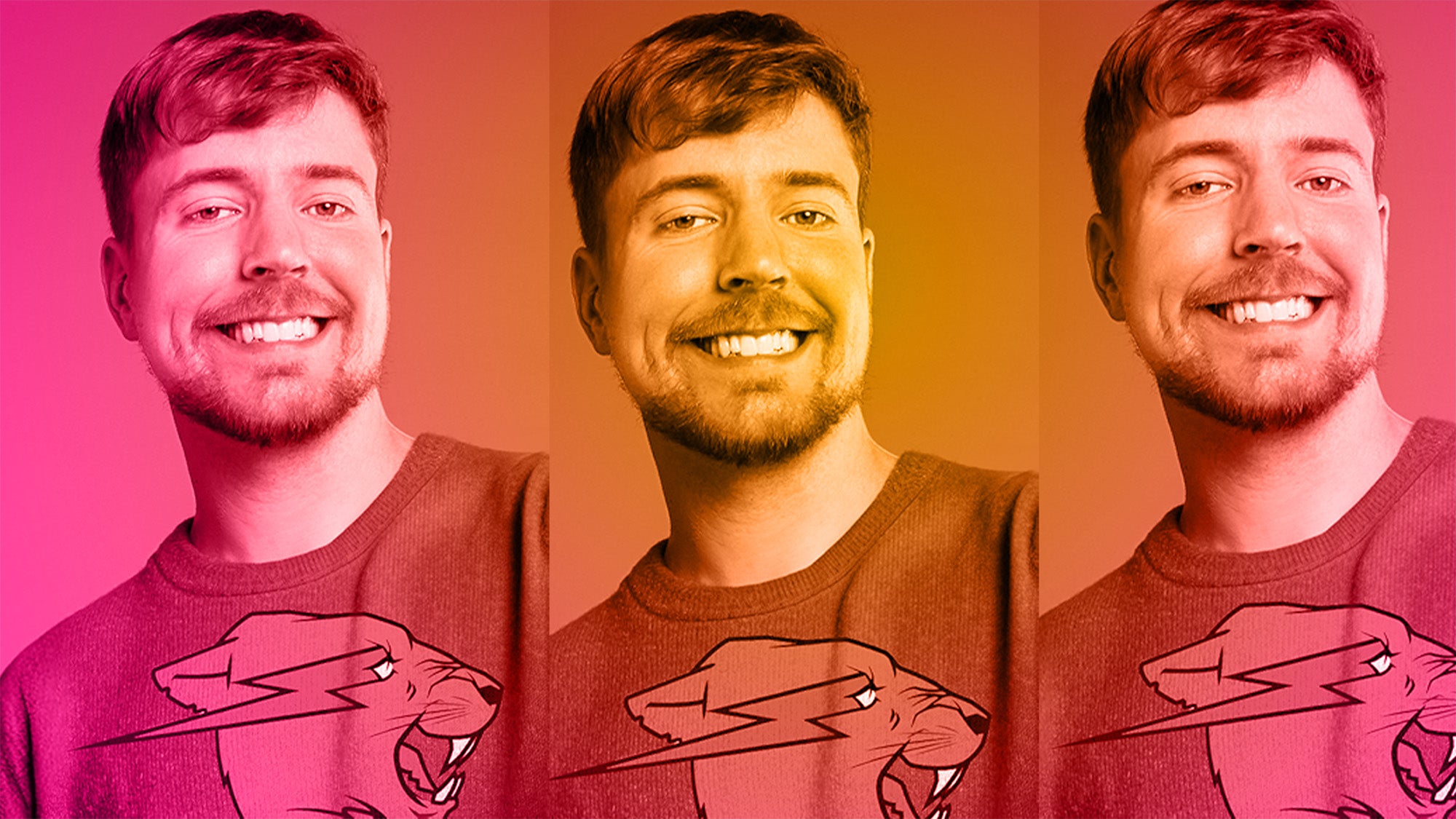
After her 11-minute trip to space, Katy Perry touched back down on Earth and found that she was the main villain on X.
“11 minutes in space and suddenly she’s a philosopher,” one user posted.
“I’ve been on the toilet longer than you were in space,” another added.
While a third asked: “What was your carbon footprint for this joy ride?
Witnessing this pile-on, the official Wendy’s X account decided to weigh in, tweeting: “Can we send her back?”
The post was meant in good humor, but it caused a huge outcry, leading to Wendy’s publicly apologizing and backtracking.
To be clear, trying to be relatable online isn’t exactly a novel marketing technique. Lionsgate’s official TikTok has fully embraced the memetic. The official Gordon Ramsay’s Kitchen Nightmares YouTube channel has become a pit of brain rot. And, of course, we have Ryanair, whose zany memes and amateur editing style is a masterclass on how to make your brand appeal to seasoned shitposters.
Indeed, these days, brands are commenting on viral TikTok videos, alongside other viewers. They are constantly trying to muscle in on viral moments, interact in zeitgeisty conversations, and act less like a brand and more like your standard Gen Z internet user. However, this type of faux-authenticity rarely works on consumers.
“As soon as a brand thinks it’s ‘tapped into’ something – it’s dead,” Riley Gardiner, founder of No Strings Public Relations explains. “Brands sharing memes and trying to be funny online almost always come off as very transparent, and very cringe. People know what you’re doing.”
To that end, this blatant engagement bait from brands has, ironically, become a meme in and of itself. Netizens tend to retort with “silence, brand” whenever they see a brand’s social media posting get a little too personal.
“I think the rise of memes like the famous ‘silence, brand’ has both scared (some) brands into changing their identity to be massively Gen Z and has hugely influenced people to be critical of brands’ social media presence as a whole,” says freelance social media marketer Amber O’Dell.
That said, some brands have successfully balanced this approach. Case in point, the Duolingo owl. The brand dramatically killied off its viral owl mascot in February, with the mystery of it all breaking the internet. After all, why would a brand kill off its most important marketing tool?
As it turned out, it all related to the launch of a new feature involving the sharing of Duolingo lessons with friends. And it’s safe to say that the gamble was worth it. In an interview with The Drum, s James Kuczynski, creative director of brand and marketing at Duolingo, revealed that its their “biggest brand moment to date,” with the brand making millions of dollars from social impressions. “Many brands assume that investing heavily in marketing means their posts must focus solely on promotion,” social media manager Caitlin Jardine notes. “However, that kind of content often falls flat. Instead, it’s the content that entertains, educates, or surprises, that really captures attention and keeps people engaged.”
In short, there must be a level of genuineness in a brand’s content.
“Consumers don’t want to feel sold to – they want to feel seen and understood,” Gardiner says. ”That doesn’t mean that they want to feel tricked.”




